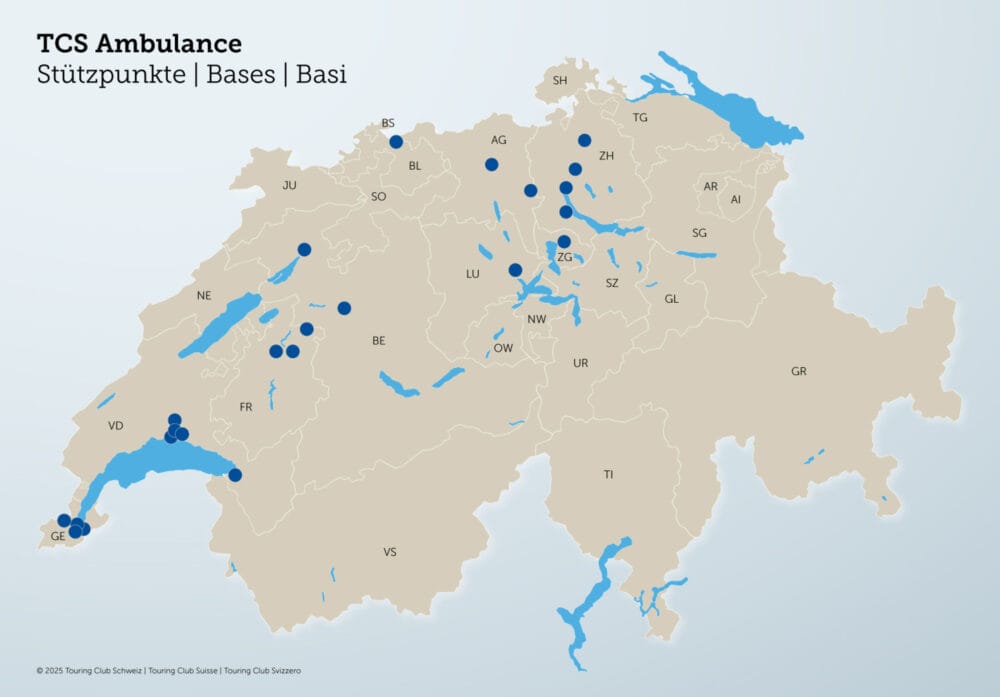Constant accessibility is a burden on health
Those who are always reachable, even in their free time, must expect negative effects on their health. This is true even if constant reachability is self-chosen, perceived positively or seen as necessary.

Business emails after work, the boss calls on the weekend: Around a quarter of working people are expected to be reachable outside of their actual working hours. But this extended availability can have a negative impact on performance and health - even if it is voluntarily chosen by employees, is perceived positively or is considered necessary. This is shown by a scientific study conducted by the Health and Work Initiative (iga).
According to the study, employees who are on call for their job even in their free time suffer more frequently from poor sleep. The proportion of employees who are unable to rest, recover or detach themselves from work due to permanent availability is significantly higher than among employees with clearly defined free time.
One reason for the negative consequences of constant accessibility is that recovery phases are interrupted or shortened by phases of work. In addition, those affected find it more difficult to distance themselves sufficiently from their job and switch off in their free time.
Relationships suffer
But the mix of work and private life also puts a strain on partners: 68 percent said they were affected by the accessibility of their partner. Among other things, this affects family obligations, joint vacation arrangements, but also the partner's own sleeping and relaxation times.
In the results, it does not matter whether respondents welcome or reject their partner's accessibility outside regular working hours. As far as the separation of work and free time is concerned, many respondents expressed the need for clearer boundaries: A large proportion of the reachable people surveyed (60 percent) would like to see legal or company regulations governing reachability. Among their partners, the figure is 83 percent. Almost 70 percent of cohabitants said that after-work reachability should be completely eliminated.
For the study, 125 working people were examined using both objective and subjective measurement methods, and their significant others were interviewed. The study follows on from the iga.study "Effects of constant accessibility and prevention options" published in 2013. The two-part research project is one of the first to scientifically investigate the effects of constant accessibility.
The results of the second study have been published in iga.Report 23 Part 2. The report also contains suggestions for designing accessibility and preventive measures as well as a checklist that companies can use to check how well they are positioned in dealing with constant accessibility.
The iga.Report 23 Part 2 is available free of charge on the Internet at www.iga-info.de/veroeffentlichungen/igareporte/igareport-23-teil-2 ready for download.









